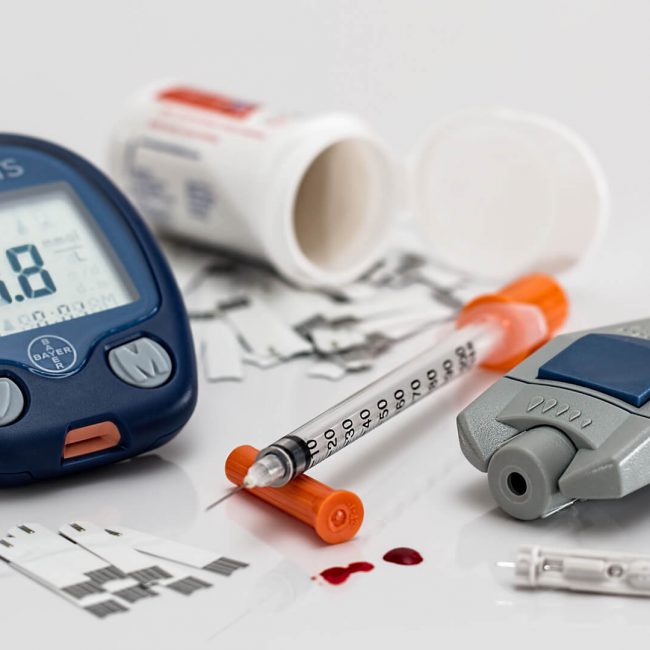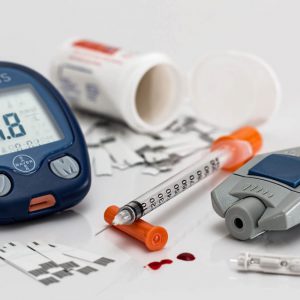A bone mineral density test uses X-rays to measure the amount of minerals — namely calcium — in your bones. This test is important for people who are at risk for osteoporosis, especially women and older adults. The test is also referred to as dual energy X-ray absorptiometry (Dexa scan).
The results of your test are usually reported as a T-score and Z-score:
- T-score compares your bone density with that of a healthy young women.
- Z-score compares your bone density with that of other people of your age, gender, and race.
- With either score, a negative number means you have thinner bones than average. The more negative the number, the higher your risk of a bone fracture.
A T-score is within the normal range if it is -1.0 or above. If your T-score is:
- Between -1 and -2.5, you may have early bone loss (osteopenia).
- Below -2.5, you likely have osteoporosis.



